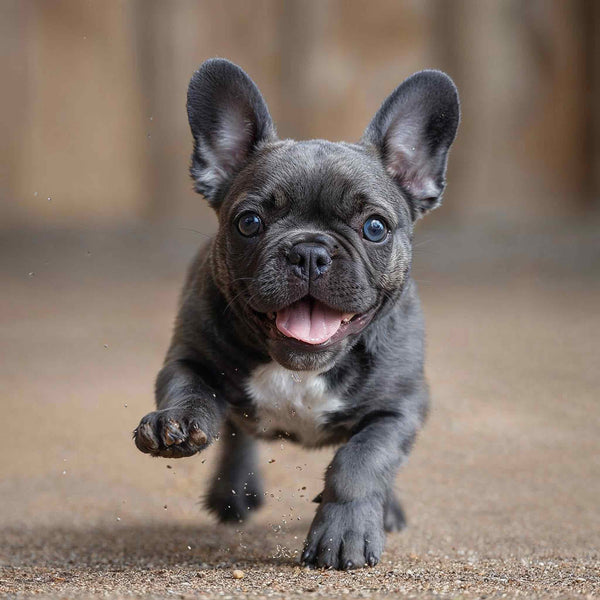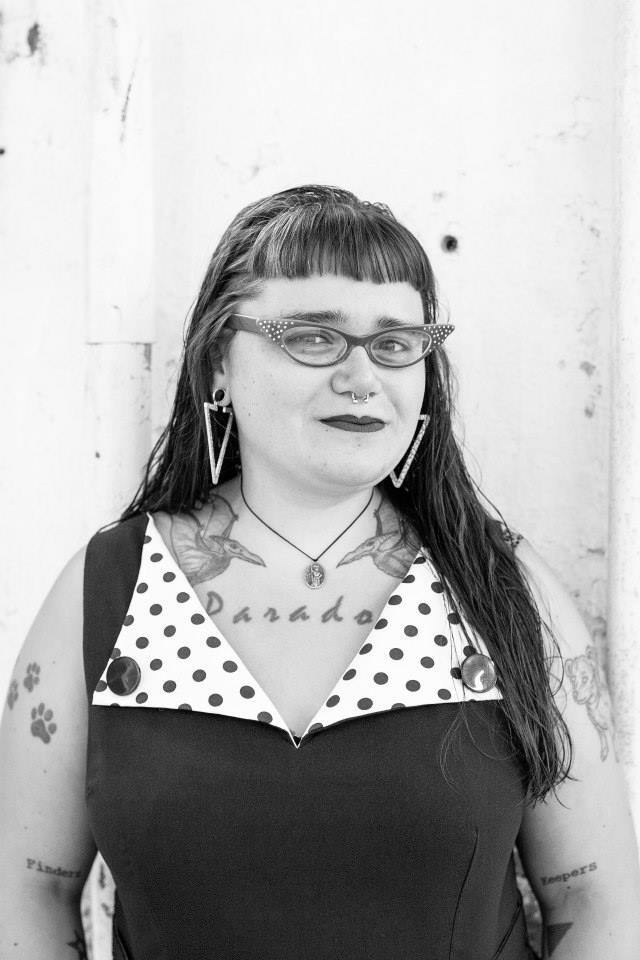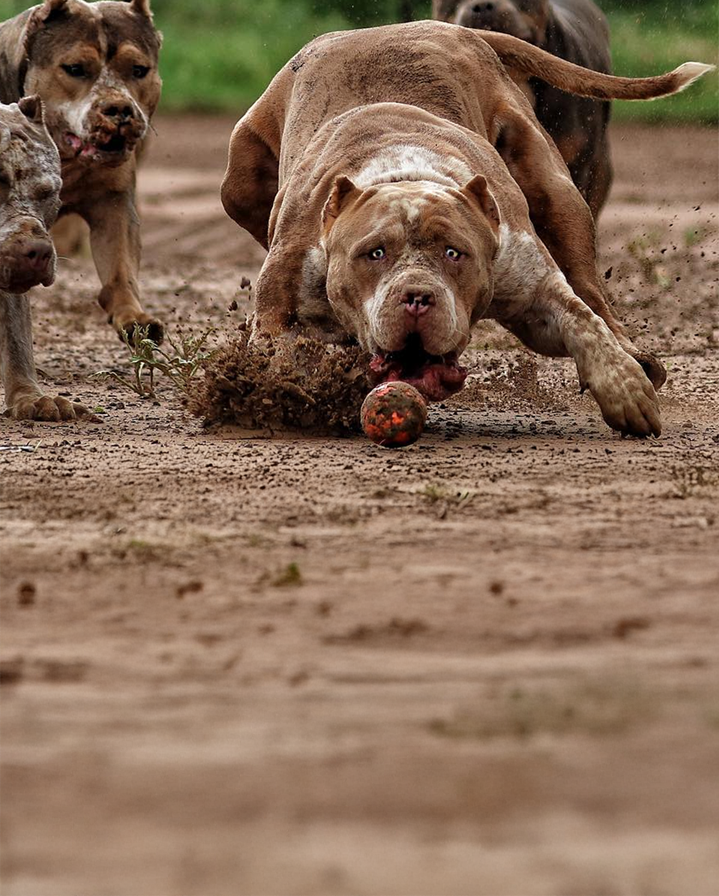Recall Training: How to Teach Your Dog to Come When Called
One of the most important skills you can teach your dog is to come when called. Dogs who have perfected recall skills will be able to ignore distractions and come to their owners anytime, anywhere. This level of training takes time and practice. It’s never too early to start recall training. You should start training your puppy as soon as he comes home. Even newborn puppies can start to learn recall. Making recall training a fun game for your dog with lots of play, rewards, and attention is the best way to teach your dog to come when called.
The Best Word for Recall Training
The word you choose as your dog’s recall word or cue is a personal choice. Dogs don’t understand English, so pick whatever word you like and then teach it to your dog. It’s best to pick a word you don’t use in general conversation often to avoid confusing your dog when you’re talking and not actually calling your dog. Good recall words for dogs are ones that are short and easy to both remember and call out. Frequently used words for recall are “come” and “here,” but you can use any word.
How to Train Recall
The key to building a perfect recall is to train the skill slowly. To get started, have high value dog treats or dog food toppers your dog is excited about. You’ll need lots of them to reward your dog for coming when called. Start teaching recall to your dog inside your house when it’s quiet without a lot of distractions.
- Step 1: Show your dog that you have a treat, praise your dog for approaching, and give your dog the treat.
- Step 2: Practice again, and as your dog is moving towards you, introduce your recall cue of choice like “come.” Praise and give your dog the treat when they get to you.
- Step 3: Now it’s time to try giving your verbal cue without showing your dog the treat first. Give your verbal cue, and when your dog starts moving towards you, give lots of praise and treat your dog when they get to you.

- Step 4: Now that your dog has mastered recall inside your house in a low-distraction environment, it’s time to start increasing the difficulty. Practice calling your dog further inside the house, including from other rooms. When your dog comes, give lots of praise and treats. When your dog can come when called anywhere inside your house, you can start practicing outside with more distractions. Known as “proofing”, the goal is to slowly increase the difficulty of the recall you are asking your dog to perform. By increasing the difficulty slowly your dog will be able to be successful.
- Step 5: Start outside in your yard, or in a quiet area near your home. Because there are more distractions, begin asking your dog to come when you’re close to your dog. As your dog moves next to you, praise and treat your dog. With each practice session, increase the difficulty by asking your dog to come further or to recall in a more distracting environment. Start in a quiet park, then practice in a busier park or other area with lots of distractions. Safety is always the priority when practicing recall. While teaching recall, keep your dog on leash. Long-line leashes come in a variety of lengths from 10 feet to 30 feet are ideal for practicing recalls. A long line allows you to get distance from your dog to practice recall, but also keeps your dog connected to you.
In terms of duration of training sessions we can say: We always want to keep training sessions short and fun. Multiple short training sessions are more effective than fewer long sessions as dogs can get bored and tired. When practicing recalls each training session only needs to be one to three repetitions.
What To Do If Your Dog Doesn’t Come
When training and practicing recall, at some point your dog isn’t going to come when called. This can be frustrating and dog owners may want to scold or punish their dog. You never want to punish your dog when they don’t come. It’s not that your dog is being bad or disobedient when they don’t come. Dogs don’t come when called because they don’t understand the cue, or the environment is too distracting. If your dog doesn’t come when called, get your dog’s attention with a treat, and lure them to you. We never want to punish a dog for not coming when called.
If your dog doesn’t come when called, don’t get mad. Instead, remember it means it was too difficult of a recall for your dog’s current skills. Go back to practicing recall from closer, and with fewer distractions. Then build-back up to a more distracting area. Rushing with recall training will make your dog’s recall less consistent. Instead, going slowly is the way to build a consistent recall.
Use Positive Reinforcement in Recall
Positive reinforcement is the most effective way to teach our dogs. Although some people might be tempted to use an “e-collar” for recall, it’s not advisable. The American Veterinary Medical Association is clear that reward-based training is the most effective. They note that there is no reason to use aversive training practices to teach new skills. This position against the use of “e- collars” is echoed by the Certification Council for Professional Dog Trainers CCPDT.
Why Reward Dogs for Recall Training
We want to always reward dogs for coming when called. Just like you want to get paid for going to work, when our dogs do a good job, we want to “pay” them. You can use dog treats as a reward, as well as toys, play, and environmental rewards. Coming when called shouldn’t always mean that the fun ends. Don’t only practice recall when you are ready to go inside from your yard or want to leave the park. Instead, ask your dog to come, praise and reward your dog. Then release your dog to go back and play more. This will prevent your dog from avoiding their recall because they think the fun ends. Letting your dog go play more after they come, builds value for your dog in performing the behavior.
Emergency Recall
In addition to a regular recall, we can teach an emergency recall. An emergency recall should only be used where for safety your dog must come immediately. To teach an emergency recall, use a unique verbal cue your dog doesn’t know. Your verbal cue can be any word that you'll be able to call loudly and remember in an emergency. Ideas for verbal cues include words like "party" or "fiesta” or the word for "come" in another language than the ones that you speak fluently.
Start with teaching the recall the same way you would with the above steps. However, as a reward, you should use the most high-value treat you can think of. Consider pieces of steak or other treats your dog gets very excited about but doesn’t regularly get. When your dog recalls to you using the emergency recall cue, “jackpot” your dog so you aren’t just giving one treat, but instead feed your dog multiple pieces of this high value treat. Practice regularly, but only when you have the special high value treat.
To preserve the intense value in this emergency recall cue dogs should always get the special treat when you practice, and always jackpot your dog with multiple treats when they come. Keeping the value extremely high for this emergency recall cue means if you ever do need to use it in an emergency your dog is more likely to ignore all distractions and come immediately.
Recall Games for Dogs
We always want to make recall training fun for dogs and playing recall games with your dog can help to build value and understanding of the behavior. The easiest recall games for dogs are “hide and seek”, and “restrained recall”.
How to Play ‘Hide and Seek’ With Your Dog
Leave your dog in one area of your home, and then go and hide in another room and call your dog. Be sure to treat and praise your dog when they find you. The better at the game your dog gets you can start to hide in more difficult places like behind doors and in closets.
‘Restrained Recall’ Game
Another recall game that helps to build your dog’s excitement about getting to you, is a restrained recall. To play this game, start inside or in a safely enclosed area of your yard. Have a friend or family member your dog knows gently hold your dog as you move away from your dog. Clap your hands, talk to your dog, and make exciting noises to get your dog’s attention. Then, use your recall cue and have your friend release your dog. When your dog comes running towards you, praise and reward your dog. This restrained recall game can help encourage dogs to build speed when they recall.
Is It Too Late to Teach Recall?
It’s never too late to teach your dog recall. Old dogs can and do learn new tricks. All dogs should learn to come when called because it’s a skill that could save their life. If your dog is running towards a road or darts out a door, we always want to be able to call them back. If you have tried to teach recall in the past but your dog doesn't come when called it's best to start at the beginning. As a dog trainer, if you’re reteaching recall, I recommend changing your recall cue word. Then, start with the steps above to teach recall as though your dog was learning for the first time.
How Long Does Recall Training Take?
Recall is a hard skill that takes time and consistency. The speed of recall training will depend on your individual dog. Some dog breeds struggle more with this skill. For example, terriers, and hounds, both of which are groups of breeds developed to chase prey. These dogs often take longer to learn recall with environmental distractions. Most dogs will start to understand the basics of recall in the house in a few practice sessions. More advanced recall skills around distractions will take longer to perfect. Add distractions slowly. Then, always be sure to reinforce your dog with praise, treats, and/or play when they recall to you.
Conclusion
Always rewarding wanted behavior is key as you slowly teach recall. Rushing or scolding can make a dog not want to come back. But taking small steps, adding difficulty bit by bit, and giving treats and play motivates them to listen, even with distractions. Staying upbeat and patient builds the skill over time. Keeping recall games fun makes your bond stronger for years. With a dedication to reward methods, even easily distracted dogs can learn to come when called - which could save their life one day.
Have you worked on training a reliable recall with your dog? What methods have you found effective? Share your experience in the comments below! We’d love to hear your recall training tips and suggestions for continuing to strengthen this vital skill.










2 comments
Arturo, thank you very much for the insightful question. Thanks to your comment, we updated the blog post. Here’s the answer as well: In terms of the duration of training sessions, we aim to keep them short and enjoyable. Multiple short sessions are more effective than fewer long ones, as dogs can become bored and tired. When practicing recalls, each training session only needs to include one to three repetitions.
For how long should you do each recall training